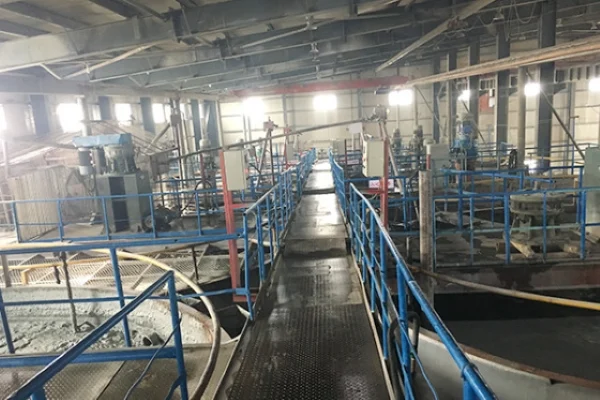
Cyanidation is a widely - used method for gold extraction, where cyanide is employed as the leaching solution. Thanks to its mature technology, high leaching rate, and strong adaptability to various ores, cyanidation remains a primary approach in gold production. To ensure favorable economic returns, it is crucial to precisely control every process step during cyanidation.
1. Aeration and Cyanide Addition
Cyanide is added to the pulp after grinding to dissolve gold, forming metal complexes. The chemical reaction is as follows:
4Au + 8NaCN + O₂ + H₂O → 4NaAu(CN)₂ + 4NaOH
As oxygen is required for the gold leaching reaction, aeration is essential in industrial production. Aeration pressure typically ranges around 2 bar, with an aeration rate of at least 0.02 m³ per minute per cubic meter of pulp.
2. Addition of Protecting Alkali
To maintain the cyanide concentration in the pulp, prevent environmental pollution, and avoid the generation of toxic hydrogen cyanide (HCN) gas, alkali must be added to the leaching tank. This keeps the pulp at a high pH level, usually between 10 and 10.5. Lime or lime milk is commonly used in industrial production, with NaOH sometimes added for supplementary adjustment.
3. Maintaining Pulp in a Suspended State
The cyanidation process places specific demands on the performance of leaching (adsorption) agitation tanks. With minimal power consumption, the tanks should prevent the deposition of gold particles that have been liberated or exposed on the surface. They should also ensure thorough mixing of the pulp, cyanide, lime, and air to keep everything in a suspended state. The pulp concentration should be uniform throughout the tank, with no stratification along the depth, and the particle size distribution should be even.
4. Maintaining Appropriate Pulp Concentration
When treating gold ores with a density of 2.65 - 2.8. the leaching pulp concentration is generally 40 - 45%. For flotation concentrates with a density of 3 - 3.5. the leaching concentration is usually 30 - 40%. The fineness of the material is typically 80 - 95% passing through a - 200 - mesh screen. In practice, different materials and production conditions call for different agitation tanks.
5. Reducing Wear and Noise of Moving Parts
To minimize the wear of agitators and extend their service life, most impellers in industrial production are rubber - lined. The transmission device should be precisely machined to ensure high transmission efficiency and low noise.
6. Reducing Carbon Wear
In the carbon - in - pulp (CIP) process, carbon is added to the adsorption tank to adsorb the leached gold. Excessive agitation in the leaching tank can cause carbon to be ground and lost, while insufficient agitation can lead to sedimentation. Therefore, while maintaining the pulp in a suspended state, it is necessary to select high - hardness carbon for production and reduce the impeller rotation speed to minimize carbon loss and lower the input power of the agitation adsorption tank.
7. Determining the Appropriate Scale
Current cyanidation plants vary widely in processing capacity, ranging from tens to tens of thousands of tons per day. Larger - scale plants require more land, larger equipment, and higher investment. Mines should determine the appropriate plant scale based on their actual circumstances.
8. Reducing Equipment Weight and Investment
When selecting leaching agitation tanks, priority should be given to high - efficiency and energy - saving designs. The transmission device should occupy less space, and the equipment should be lightweight. Once the scale, pulp concentration, and leaching time are determined, the number of tanks can be calculated. The tank specifications should match the plant scale. For example, if a 500 - t/d cyanidation plant still uses φ3.5X3.5m agitation tanks, more equipment will be needed, increasing investment. Only by choosing lightweight equipment that suits the scale can the construction investment of the enterprise be reduced.
In conclusion, mine owners must strictly control every production step and continuously monitor various parameters to avoid economic losses caused by improper operation. They can also consult manufacturers with overall plant - design qualifications. It is essential to conduct beneficiation tests in advance and develop suitable plant - design plans based on the test results.
- Random article
- Popular articles
- Popular comments
- Iron ore reverse flotation process
- Arsenic Gold Ore Wet Chemical Pretreatment Process
- Zirconium Ore Processing: Gravity, Magnetic, and Flotation Methods
- Effective Gravity Beneficiation for Chromium Ore
- Chromium Ore Gravity Separation and Flotation Process
- Antimony Ore Hand Picking Process for Color Sorting
- Effective antimony ore gravity separation method




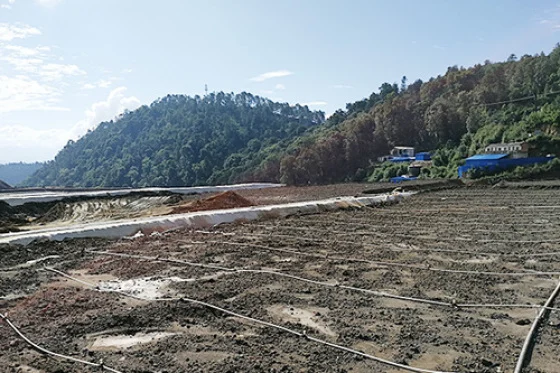
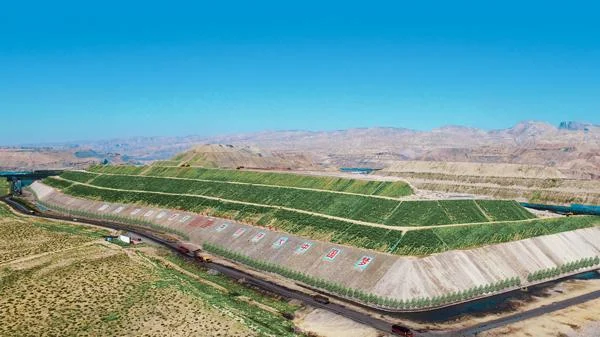

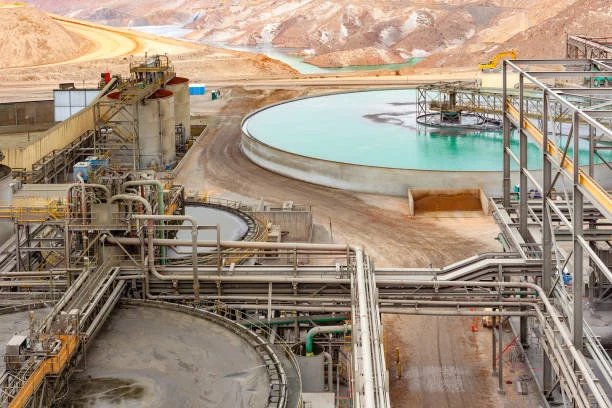

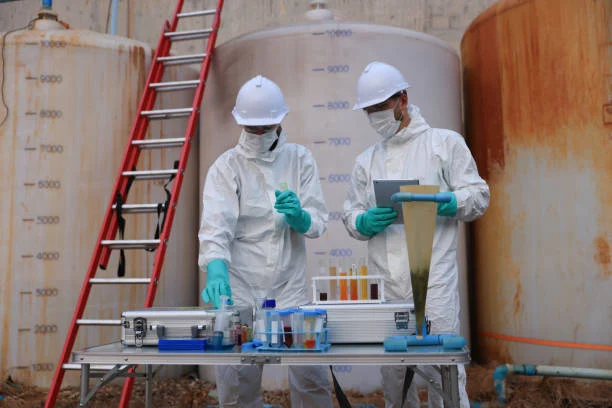
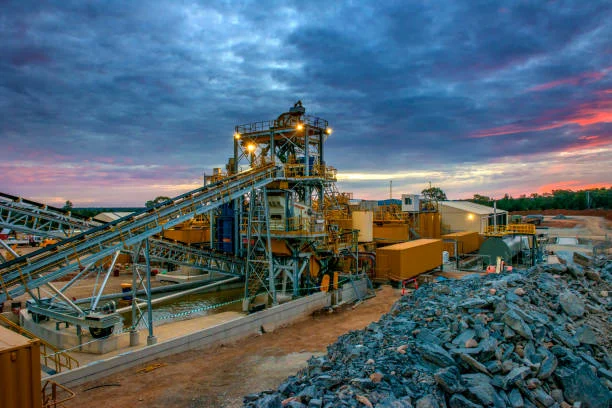
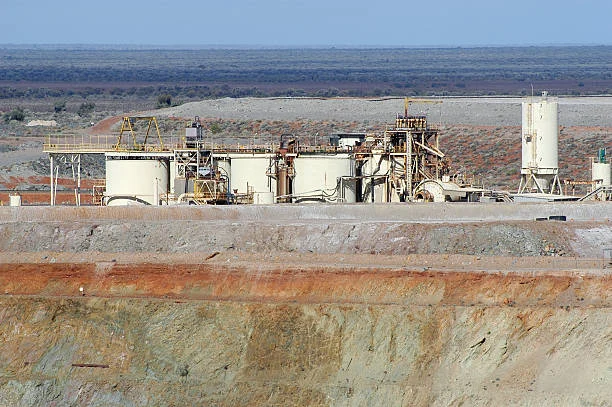
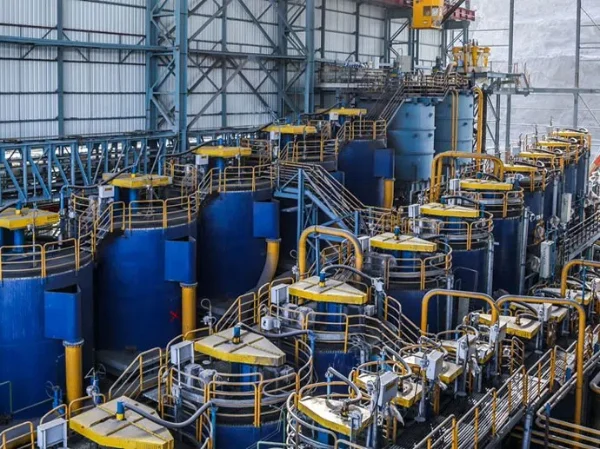
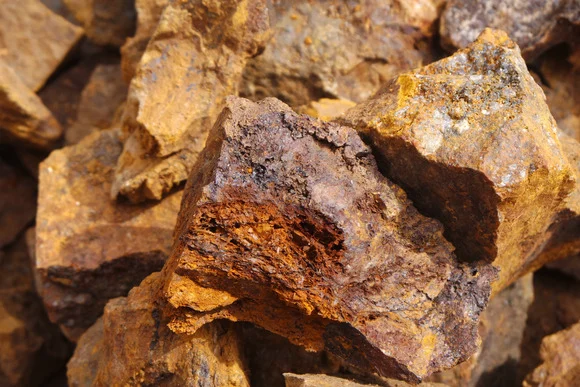

Leave a message with your needs or comments
Add comment: